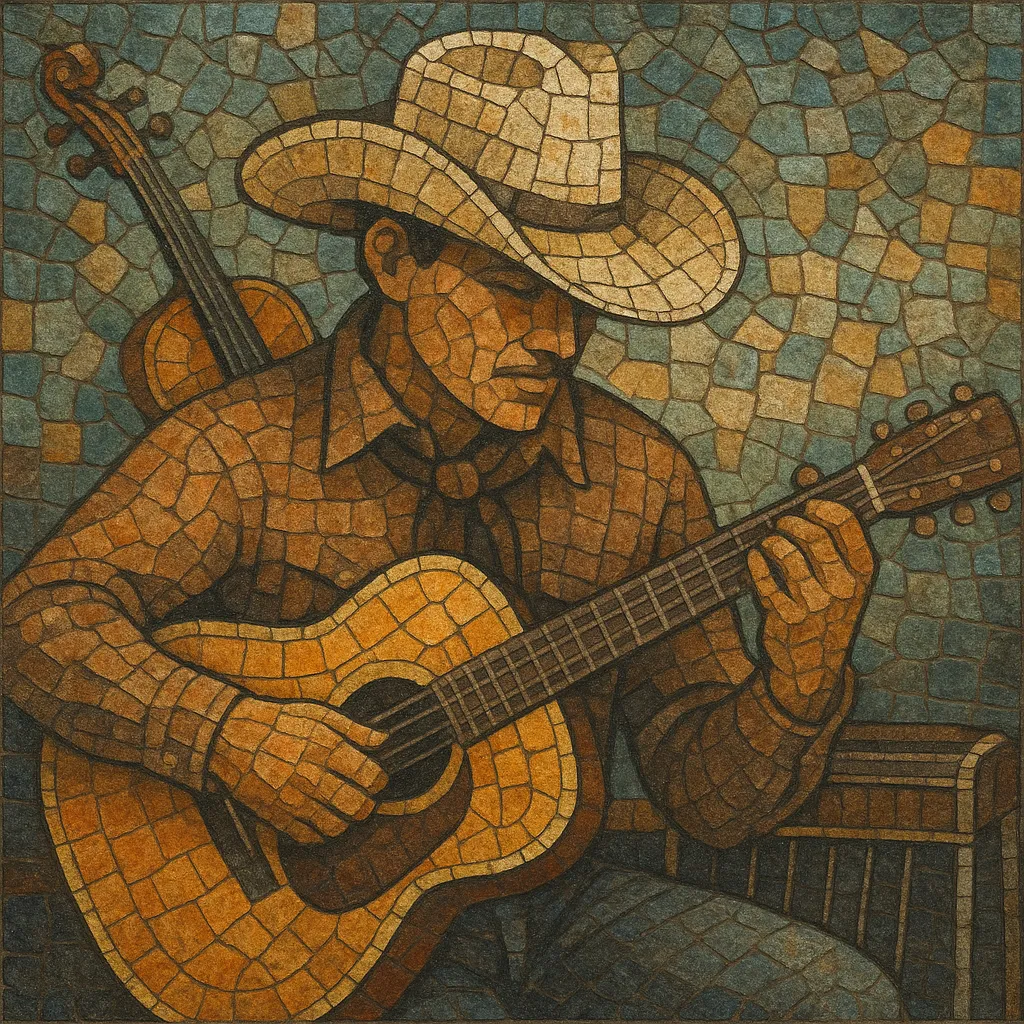
Neo-traditionalist country (often called "new traditionalism") is a return-to-roots movement in country music that emerged in the early to mid-1980s. It foregrounds fiddle, pedal steel guitar, Telecaster twang, and straightforward, narrative songwriting, drawing heavily from honky-tonk, western swing, bluegrass, and the Bakersfield sound.
In contrast to the pop-leaning "countrypolitan" and crossover trends that preceded it, neo-traditionalist country emphasizes classic country song forms, two-step shuffles and waltzes, and earthy, working-class themes. The style was popularized on radio and the charts by artists like George Strait, Randy Travis, Ricky Skaggs, and Dwight Yoakam, and it remained a defining current through the 1990s and into later revivals.
Neo-traditionalist country arose as a reaction to the smoother, pop-oriented country sounds of the late 1970s and early 1980s. Early catalysts included Ricky Skaggs, whose 1981 album "Waitin' for the Sun to Shine" reintroduced hard fiddle-and-steel textures, and George Strait, whose 1981 debut "Strait Country" set a template for crisp, roots-forward production and traditional songcraft.
The movement crystallized with Randy Travis’s 1986 album "Storms of Life," which brought an unmistakably classic sound to massive commercial success. Dwight Yoakam carried a Bakersfield-influenced strand with "Guitars, Cadillacs, Etc., Etc." (1986), while Keith Whitley restored stark, emotional honky-tonk balladry before his untimely passing. By decade’s end, Alan Jackson’s arrival further codified the style’s mainstream presence.
As country music boomed, neo-traditionalism shaped radio and Nashville production practices: straightforward arrangements, barroom-ready grooves, and lyrical realism. Artists like Clint Black, Patty Loveless, Mark Chesnutt, and Marty Stuart kept classic forms vibrant even as broader country trends experimented with pop and rock infusions.
Though pop-country periodically dominated the charts, neo-traditional aesthetics continued to cycle back via Brad Paisley, Josh Turner, Jamey Johnson, Jon Pardi, Midland, Carly Pearce, and others. The movement’s DNA persists in Americana and Texas/Red Dirt scenes, where the fiddle-and-steel toolkit, danceable shuffles, and classic storytelling remain central.
Use a traditional country band: acoustic rhythm guitar, electric Telecaster for lead (clean with light compression and spring reverb), pedal steel guitar, fiddle, electric or upright bass, drums (brushes or light sticks), and optional piano/mandolin. Center your grooves on danceable two-step shuffles (4/4 with swung eighths), train beats, and country waltzes (3/4). Keep tempos moderate so the vocal storytelling and instrumental fills can breathe.
Rely on diatonic, functional harmony—common progressions include I–IV–V, I–vi–IV–V, and V-of-V turnarounds. Use simple modulations (often a whole-step up for the final chorus) sparingly. Melodies should be singable, with clear cadences that leave room for call-and-response fills from fiddle or steel.
Write concise verse–chorus structures with a memorable hook; add a short bridge or instrumental solo section (often 8 bars) featuring steel or fiddle. Begin with an instrumental intro motif, intersperse tasteful fills between vocal lines, and end with a tag or a brief instrumental outro. Keep arrangements uncluttered—every part should serve the vocal.
Focus on plainspoken narratives: heartache, family, working life, rural pride, faith, and honky-tonk nights. Use vivid, concrete images over abstract metaphors. Vocals carry a natural twang and conversational phrasing; aim for emotional clarity rather than melisma.
Favor dry to moderately ambient room sounds, minimal overdubs, and dynamic mix balances that foreground vocal, fiddle, and steel. Avoid heavy pop processing; let the band feel alive in the room. Leave space for dancefloor energy and lyrical intelligibility.

